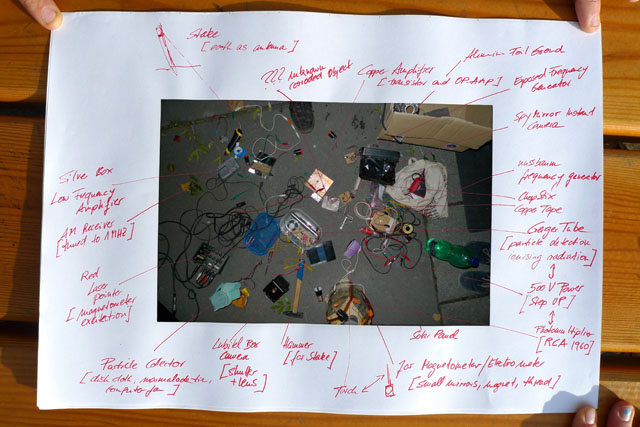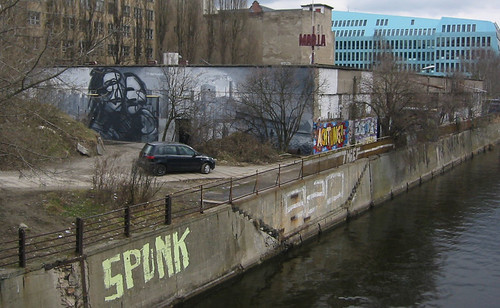Martin Howse, ein Mann mit Hut, dunklem Bart und einer Schachtel gefüllt mit “elektronischen Zubehör” spaziert mit uns zu diesem kleinen Platz am Rande des Grete-Rehor Parks, zwischen Parlament und der Staßenbahnstation “Dr. Karl Rennerring”. Ein Ort an dem sich ständig etwas hör und sichtbar bewegt, seien es abbiegende Straßenbahnen, die stetigen Stop and Go Actions der motorisierten Ringfahrer oder schlendernde Sonntagsspaziergänger. Optimale Voraussetzungen für ein Soundexperiment im Rahmen der WORM/Detour Veranstaltungsreihe (initiiert, kuratiert, organisiert von Bernhard Garnicnig).
Also, Martin Howse beginnt sein psycho-geophysisches Experiment mit diversen selbst gebauten Gerätschaften, die nach und nach aus der Schachtel gezogen und Teil eines immer komplexeren Instrumentes werden. Mit Hilfe der Geräte macht sich Howse auf die Suche nach Signalen der Umgebung und wir werden hörende Zeugen seiner Funde…
Kamera, Schnitt: Franziska Mayr-Keber
Inserts: Bernhard Garnicnig








Socialize